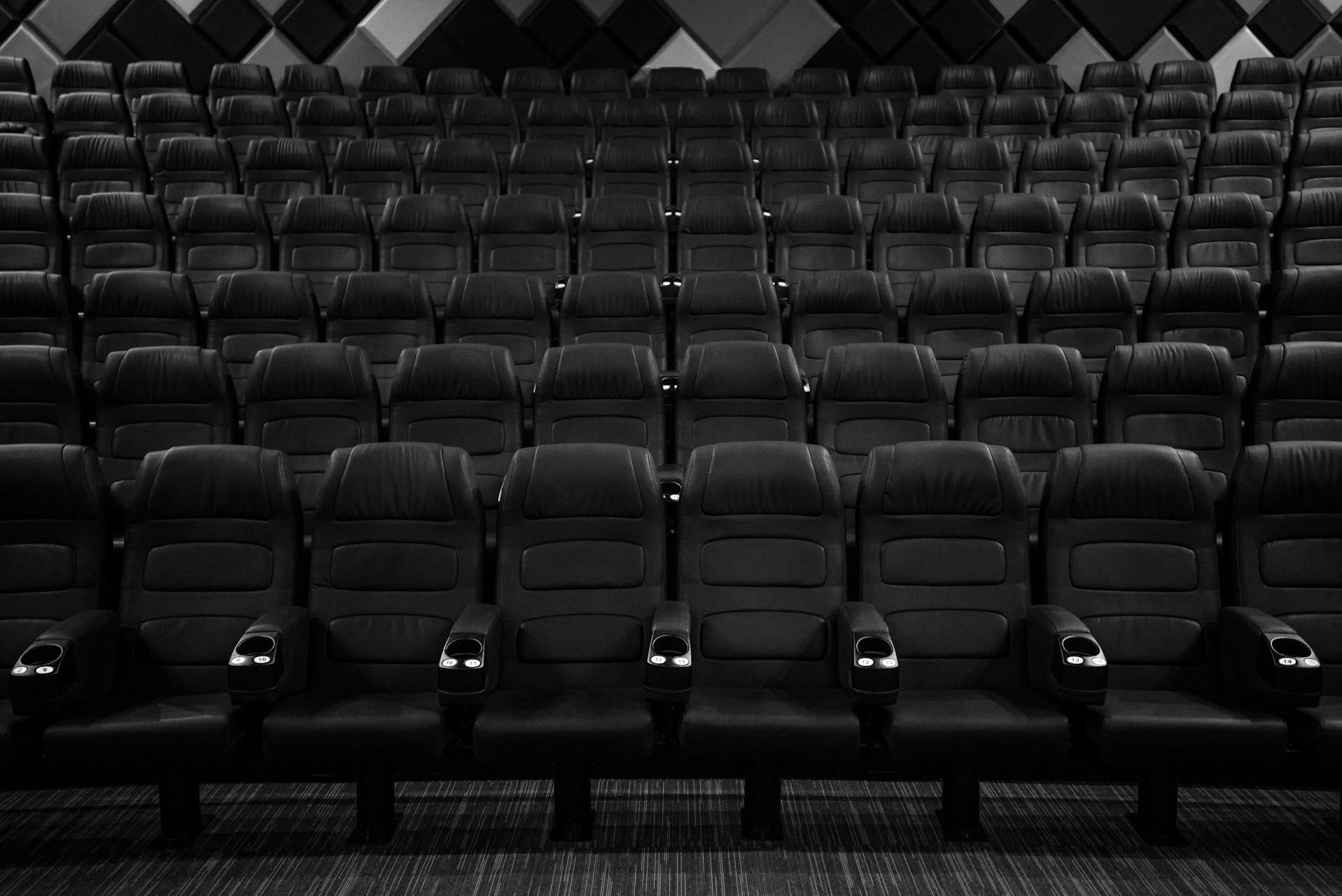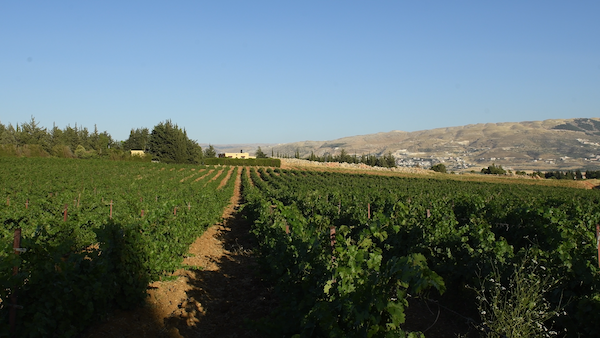Your Film Deserves an Audience

There’s a question that keeps many documentary filmmakers awake at night:
“What happens if no one sees my film?”
You’ve spent months—sometimes years—crafting a soulful documentary. The story is strong, the characters compelling, the visuals moving. But when the dust settles, you find yourself with a few festival selections and maybe a small review—but hardly any actual viewers. It’s not that the film wasn’t good—it just didn’t reach the people it was meant to.This is not just unfortunate. It’s systemic.
And it’s fixable.
Navigating Today’s Landscape
Today’s distribution landscape is messy, decentralized, and full of contradictions. But if we understand it, we can work with it—not just around it. We’re surrounded by tools and platforms—but most are designed to extract, not reinvest. Visibility is monetized. Data is siphoned. Creators are left to compete with algorithms rather than connect with people. On the surface, it seems like a golden age for filmmakers. More ways to produce, publish, and share work than ever before. But scratch the surface, and the picture is more complicated. Audiences are scattered across a confusing array of channels. The old traditional path—festival, theatrical release, DVD, then television—has exploded into a thousand pieces: YouTube, TikTok, curated newsletters, Vimeo On Demand, educational screenings, Substack, and more. Consequently, the rules of the game have changed. In theory, more gateways open access. In practice, it dilutes attention and places control in the hands of platforms whose incentives not necessarily align with those of filmmakers.
The Long Tail—and the Big Illusion
You may have heard of the long tail—a concept made famous by platforms like Amazon. The idea is simple: niche products can collectively generate more revenue than a few bestsellers, as long as there’s a way to find and access them. For platforms, it’s a brilliant model. Every book, film, or podcast is just another SKU in an infinite warehouse. For creators, though, it’s often an illusion. You’re told the market is out there—you just need to upload your film to YouTube, or be on a streamer platform and wait. Maybe post about it a few times on Instagram. But the audience rarely comes. A handful of breakout successes become the fabled stories that fuel the machine. But most films get lost in the crowd, barely seen, barely supported. We don’t need to repeat how hard it is—most of us have lived it.
The Problem with the Old Distribution Model
Established distributors or sales agents used to be the gatekeepers. They had infrastructure, contacts, and a business model built around limited but predictable outcomes. But in this new fragmented world, that model is under strain. Distributors now chase scale to cover their costs. That means fewer deals, safer bets, and a tendency to favour known filmmakers with a built-in audience, films with strong institutional backing, or sought-after themes. Festivals, once the proving ground for new voices, have shifted. They still matter—for visibility, PR, and press—but they’re not where most deals are made. Scouting now often happens long before a film is finished. In some cases, distributors want in at the development stage. And if you’re not already in the room, you're invisible.
Filmmakers Must Think Like Entrepreneurs
The brutal truth is this: Every documentary, even a short, has the same DNA as a startup: a product (the film), a mission (creative or impact-driven), and the challenge of finding its audience (niche or broad). And like a startup, the chances of success are very slim. In the startup world, we use tools like the Business Model Canvas to clarify how a business model could function and grow. I believe filmmakers should adopt similar strategic thinking—without compromising their creative integrity. From the outset, asking questions like these can clarify your path:
- What makes this film different?
- Who is it speaking to—and how will they hear about it?
- Will it live on YouTube, or through curated virtual screenings?
- Could it partner with schools, NGOs, or cultural networks?
For filmmakers applying for grants or festivals, these questions sound familiar. In fact, they don’t kill creativity. They make it purposeful. They transform the act of filmmaking from a hope-and-pray endeavour into a designed journey from story to screen. What is important is to connect these questions to the overall production/distribution strategy. They are not just rhetorical.
Budgeting Without an Audience Is a Gamble
Let’s be blunt: if you’re making a $500,000 film with an expected return of $50,000, something’s off. That might be fine if the project is fully funded by donors who expect no return—but too often, filmmakers don’t stop to do the math. Knowing your audience isn’t just a creative consideration—it’s a compass for everything from budgeting to distribution. If your film will only realistically reach 5,000 people, that’s not a problem—but it should shape your expectations and how you spend to make the film and distribute it. It helps estimate potential revenue, informs your budget range, and shapes the kind of investors, donors, or partners you should be talking to. Too many documentaries are green-lit on hope, not alignment. Distribution thinking early on helps you avoid that mismatch.
The Myth of the “Mass Audience”
Documentaries are deeply audience-specific. A 30-minute film about displaced Syrian jazz musicians in Berlin won’t follow the same path as a feature-length investigative piece on AI regulation. One might thrive on Vimeo-on-Demand with an NGO partnership, the other on YouTube with an impact campaign. A film about post-revolution Tunisia, a displaced community in Lebanon, or about an ultra-trail runner in Georgia is unlikely to appeal to a global mainstream audience—and that’s not a flaw. It’s a feature. The problem is assuming there’s a one-size-fits-all way to reach these niche audiences. Or worse a predefined formula to be successful. Each audience segment has different habits, preferences, and distribution touchpoints. Some prefer curated virtual screenings. Others want discussion guides and education bundles. Others still live on Instagram or Substack. And even once a channel is chosen, we have to ask:- What relationship do we have with this audience?
- Are we strangers? Are we a known voice?
- Are we building loyalty or just passing through?
Art Needs Strategy
What is the value of a heartfelt, courageous documentary if no one sees it? That’s not a rhetorical question. It’s the fundamental tension in our field. Creativity and business are often pitted against one another. But they shouldn’t be. Without funding, a film won’t be made. Without distribution, it won’t be seen. Without an audience, its message dies.Which is why I believe distribution isn’t the final step—it’s a design principle that belongs at the very start. If you’re making a documentary to change minds, to spark dialogue, or to sustain your filmmaking practice, you must think about distribution from day one. That doesn’t mean selling out. It means staying aligned—between purpose, story, and audience.
Introducing a Framework for Filmmakers
Over the last 30 years, I’ve built businesses and worked in many industries, grounded my education with an INSEAD MBA, served as a CEO multiple times, turned around companies, and taught strategy and entrepreneurship from undergraduates to top executives. Although I produced large public events, gathering more than 120,000 visitors, I don’t come from the film industry—but that’s precisely why I see things differently.
When I started working on documentaries, producing the Lebanese segment for a documentary on Jazz in the Arabic Culture, working as a production consultant with international filmmakers, and in particular while filming “Displaced” in a refugee centre in Beirut during the 2024 Hezbollah-Israel war, I realized how much of the process relied on passion alone—without the structures needed to make that passion sustainable. We made that short documentary on the spur of the moment, driven by the urgency of the situation. There was no time to apply for a grant, or go through the usual documentary development phases.
That experience was a wake-up call. We had to immerse ourselves in the centre’s life, get accepted by the participants, build that trust and understanding so they would accept sharing their experiences. There was no time to think about distribution or business models. The story was created during the filming and later in the edit room. We had an idea of what we wanted, but no idea of what we would end up with. But if I wanted to build a sustainable practice—one where I could keep making films, not just once or twice, but over and over—I needed more than passion. I needed a path.
And the more I thought about it, the more I recognized familiar patterns: the same misalignment I’d seen in startups, nonprofits, and organizations trying to grow without a clear structure. And the number one reason for startup failure is never about the product but about the lack of customers. Let me repeat this: documentaries fail because they don’t reach their intended audience. So I started shaping an approach—not to impose an entrepreneurial model on creativity, but to help filmmakers protect the heart of their work while building something that lasts. That’s how this framework was born. It adapts key strategy tools—like value proposition, audience segmentation, and channel mapping—to the world of documentary storytelling. But not only. The framework adds other layers which are vitally important, like psychology. Think of it as a blueprint: not to constrain your art, but to help it move through the world with intention. It’s about giving filmmakers the clarity and alignment they need to do their best work—and make sure it reaches the world. It’s the foundation of how we:- Work with other filmmakers as a strategic partner
- Teach and share insights through courses and content
- Design our own projects from the outset

